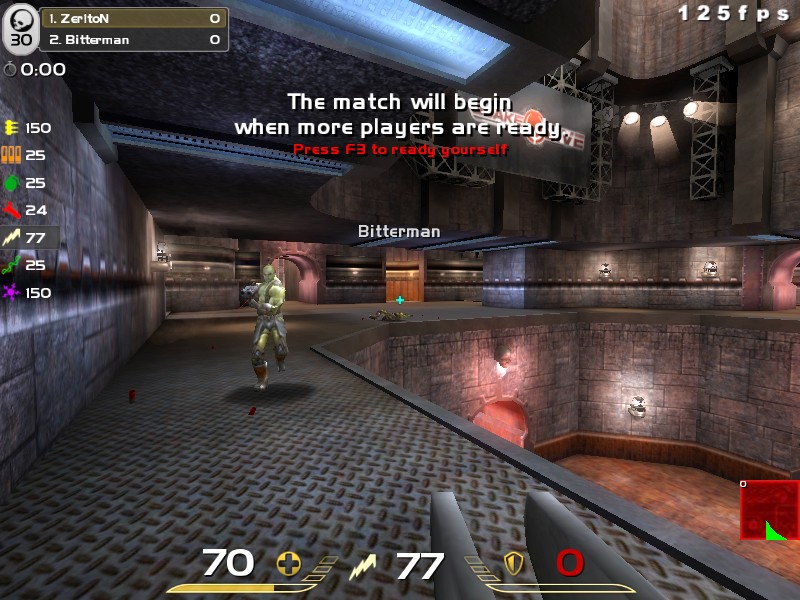

That said, 25% earlier means 1/4th more frame lag (e.g. If you need a universal calibration, have a generous offset (e.g. The ideal calibration will vary from game to game. tearline occasionally going below bottom edge of screen). You want to get tearlines as close as possible to bottom edge of screen, but never reaching the blanking interval (A.K.A. So that tearlines never, never, never touches the blanking interval (except during rare framerate dips). If it vibrates crazily, raise the tearline higher (bigger negative scanline offset). That's why if I recommend if you combine RTSS Scanline Sync with NVIDIA Fast Sync - you must calibrate tearline position to the point where it permanently stays above the bottom edge of the screen. In VSYNC OFF, if the "tearline" goes below the bottom edge of the screen, that's the sudden 33ms frametimes if you were using Fast Sync - because that's a missed VSYNC. You'll see it stay more consistently at 16.67ms. Calibrate scanline sync (via keyboard shortcut) until you've got a vibrating tearline that NEVER goes below the bottom edge of the screen.Ĥ. If s-sync with enhanced sync looks better, use that.Ĭlick to expand.Recalibrate your tearline upwards. If normal vsync with a -0.01 cap feels better to you, use that. You should simply prefer what feels and looks best to you. With s-sync + enhanced sync, this is improved and the latency does not vary as much, depending on how well RTSS can sync to the target scanline.Īnyway, that's a bit too much detail to worry about, really. The -0.01 cap with vsync has the issue of latency oscillation, because the 0.01 cap will result in each frame being synced a bit later every time, so the sync position crawls across the screen from top to bottom, and so latency varies by 16.7ms over time. But s-sync + enhanced sync has better latency consistency. However, you should be able to achieve the same input lag reduction using normal vsync with a "Hz - 0.01" cap. With s-sync and enhanced sync, you should be getting 60ms or less of total latency. 60FPS uncapped vsync can have 100ms or more of total latency. Click to expand.It's much lower, at least compared to vsync without any FPS cap.


 0 kommentar(er)
0 kommentar(er)
